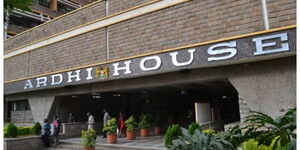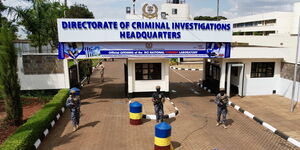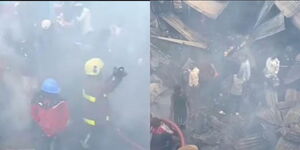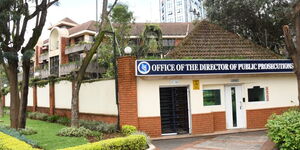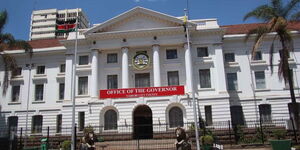In Kenya, driving tests administered by the National Transport and Safety Authority (NTSA) are conducted after individuals have completed their driving lessons in order to obtain a driver's licence.
Once the driving school believes a student is ready, it will assist in booking an examination with the NTSA.
According to the NTSA, the test is designed to demonstrate that you possess the skills and knowledge required to be a safe driver.
The test focuses on two main areas: the Model Town Board and the Highway Code.
The Model Town Board
It is a scaled-down representation of a road network, used in driving schools to teach road rules and traffic flow.
It helps learners visualise and understand concepts such as roundabouts, one-way and two-way traffic, pedestrian crossings, parking spaces and many more, before they begin practical driving.
On the board, there are three main rules provided by NTSA to help individuals navigate the Model Town Board. These are;
-
Use the shortest and most correct route without using the parking area.
-
Use the longest and most correct route without using the parking.
-
Use the parking area as a last resort.
Here, an individual is tested on three main parts: lane discipline, roundabout rules, and parking skills.
On the board, the learner will be tested on their lane discipline, which means knowing which lane to use for different turns.
Individuals will also be tested on roundabout rules, such as knowing when to give way to other cars and how to exit correctly.
The learner will need to demonstrate their parking skills by showing they can park in different ways, like parallel parking.
Highway Code
This is a book that lists all the rules for everyone on Kenya's roads. Mostly, this is the most important part of the exams.
The Highway Code covers areas such as;
-
Road Signs and Signals
It explains what different road signs mean, for instance: warning signs are triangular, signs that give orders are circular, and signs that give information are usually rectangular.
It also details what traffic lights mean: red means stop, amber means you should slow down and prepare to stop, and green means you can proceed through the intersection. It also teaches you how to respond to hand signals from traffic police.
-
Rules for Drivers
This section of the Highway Code gives mandatory rules and advice to drivers. It covers important topics like speed limits, which are the legal maximum speeds you can drive in different areas, such as 50 km/h in towns and cities.
It also explains when and where it is safe to overtake other vehicles. Another one is understanding right of way, which tells you who has priority in different situations, like at a junction or when an emergency vehicle is coming. Finally, the code teaches you how to use signals and mirrors to tell other road users what you plan to do, which is essential for safe driving.
To pass these tests, NTSA urged learners to study both of these topics by knowing the rules and how to handle situations on the Model Town Board.


